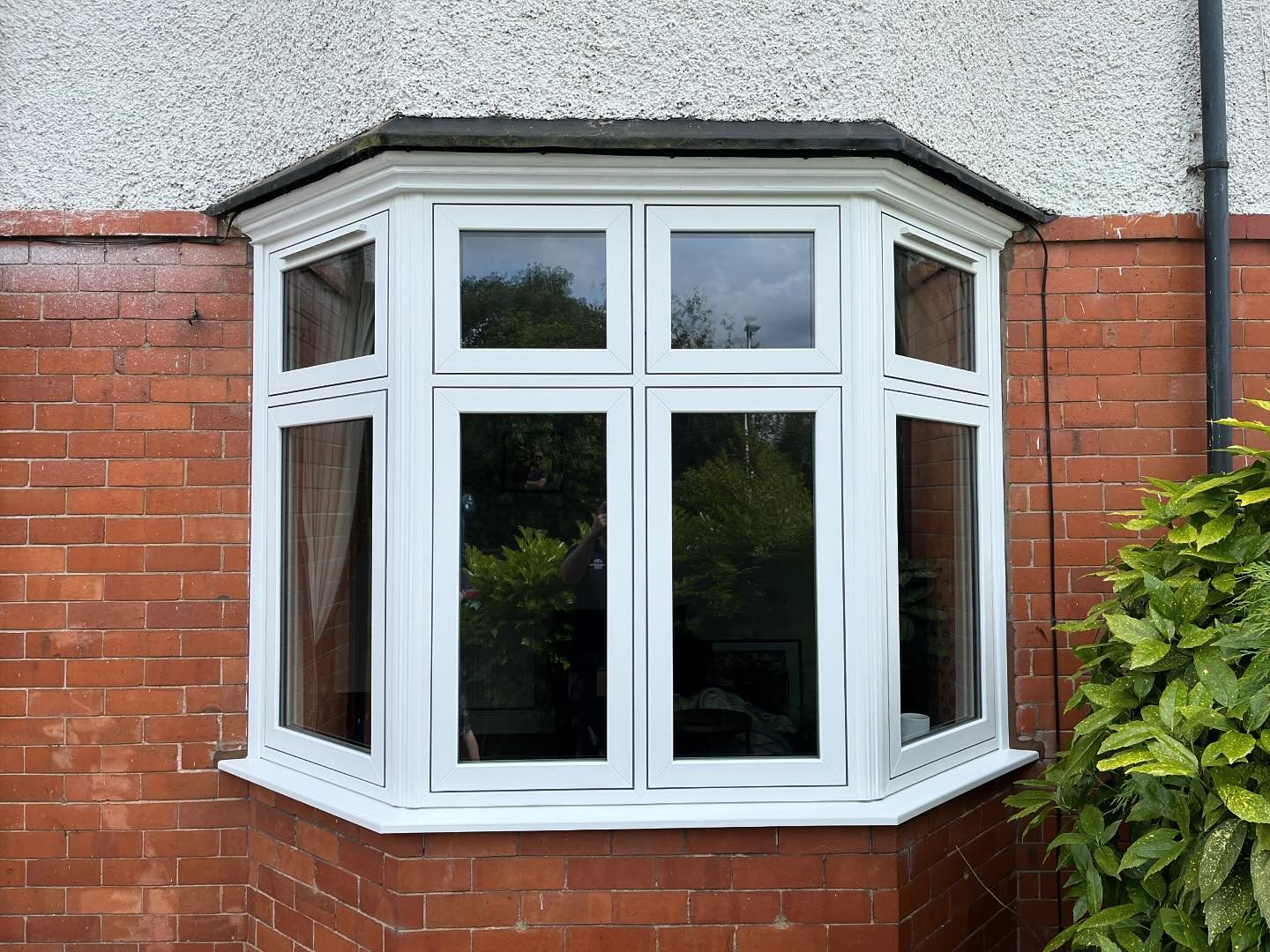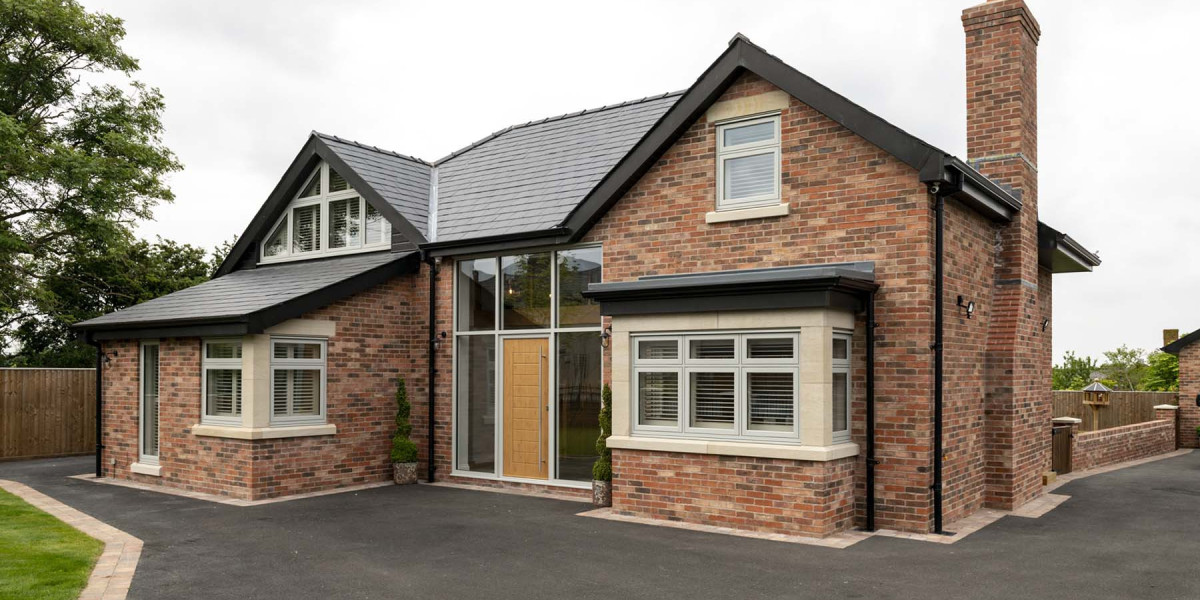Triple glazing, a window technology that incorporates three panes of glass, has gained significant attention in recent years due to its superior insulation properties and energy efficiency. This report delves into the mechanics of triple glazing, its benefits, potential drawbacks, and applications, providing a comprehensive overview for homeowners, builders, and energy-conscious individuals.
What is Triple Glazing?
Triple glazing consists of three glass panes separated by two insulating spaces filled with air or gas (usually argon or krypton). This design enhances thermal insulation, soundproofing, and overall energy efficiency compared to traditional double glazing, which has two panes of glass. The spaces between the panes serve as thermal barriers, reducing heat transfer and minimizing energy loss.
How Does Triple Glazing Work?
The effectiveness of triple glazing lies in its construction:

- Multiple Glass Panes: By having three panes, the amount of heat that escapes from a building is significantly reduced. Each pane reflects and absorbs heat, contributing to a lower overall U-value (a measure of thermal transmittance).
- Insulating Gas: The spaces between the panes are often filled with argon or krypton gas, which have better insulating properties than air. These gases reduce convection currents within the panes, further enhancing thermal performance.
- Low-Emissivity (Low-E) Coatings: Many triple-glazed windows incorporate Low-E coatings that reflect heat back into the building while allowing natural light to enter. This technology maximizes solar gain while minimizing heat loss.
Benefits of Triple Glazing
- Energy Efficiency: Triple glazing significantly reduces heat loss, leading to lower energy bills. It is particularly beneficial in colder climates where heating costs can be substantial.
- Enhanced Comfort: With superior insulation, triple-glazed windows maintain a more stable indoor temperature, reducing drafts and cold spots. This contributes to overall comfort within the living space.
- Noise Reduction: The additional pane of glass and the insulating gas help to dampen sound, making triple glazing an excellent choice for homes in noisy environments, such as near busy roads or airports.
- Condensation Reduction: The improved thermal performance of triple glazing minimizes the risk of condensation forming on the glass surface, which can lead to mold and mildew growth.
- Environmental Impact: By reducing energy consumption for heating and cooling, triple glazing can lower a building's carbon footprint. This aligns with global efforts to combat climate change and promote sustainable living.
- Increased Property Value: Homes equipped with energy-efficient features, including triple glazing, can have higher market values. Buyers are increasingly looking for properties that offer long-term savings and comfort.
Potential Drawbacks of Triple Glazing
- Cost: The initial investment for triple glazing is higher than that of double glazing. While the long-term savings on energy bills can offset this cost, the upfront expense may deter some homeowners.
- Weight: Triple-glazed windows are heavier than their double-glazed counterparts, which may require stronger frames and additional structural support. This can increase installation complexity and costs.
- Installation Challenges: Proper installation is crucial for maximizing the benefits of triple glazing. Any mistakes during installation can lead to air leaks and reduced performance.
- Limited Availability: Depending on the region, triple-glazed windows may not be as widely available as double-glazed options, potentially limiting choices for consumers.
Applications of Triple Glazing
Triple glazing is particularly advantageous in specific applications:
- Residential Buildings: Homeowners looking to improve energy efficiency and comfort are increasingly opting for triple glazing, especially in colder climates.
- Commercial Buildings: Businesses can benefit from reduced energy costs and improved employee comfort, making triple glazing a viable choice for office buildings and retail spaces.
- Passive Houses: In passive house design, where energy efficiency is paramount, triple glazing is often a standard feature, helping to achieve stringent energy performance criteria.
- Renovations: Upgrading existing windows to triple glazing can significantly enhance the energy performance of older buildings, contributing to sustainability efforts.
Conclusion
Triple glazing represents a significant advancement in window technology, offering numerous benefits in terms of energy efficiency, comfort, and noise reduction. While the initial costs may be higher than traditional double glazing, the long-term savings and environmental benefits make it an attractive option for many homeowners and builders. As the demand for sustainable building practices continues to rise, triple glazing is likely to become an increasingly popular choice in both residential and commercial applications.
In summary, understanding the mechanics, benefits, and potential drawbacks of triple glazing is essential for making informed decisions about window installations. As energy efficiency becomes a priority in building design, triple glazing stands out as a leading solution for modern construction and renovation projects.







